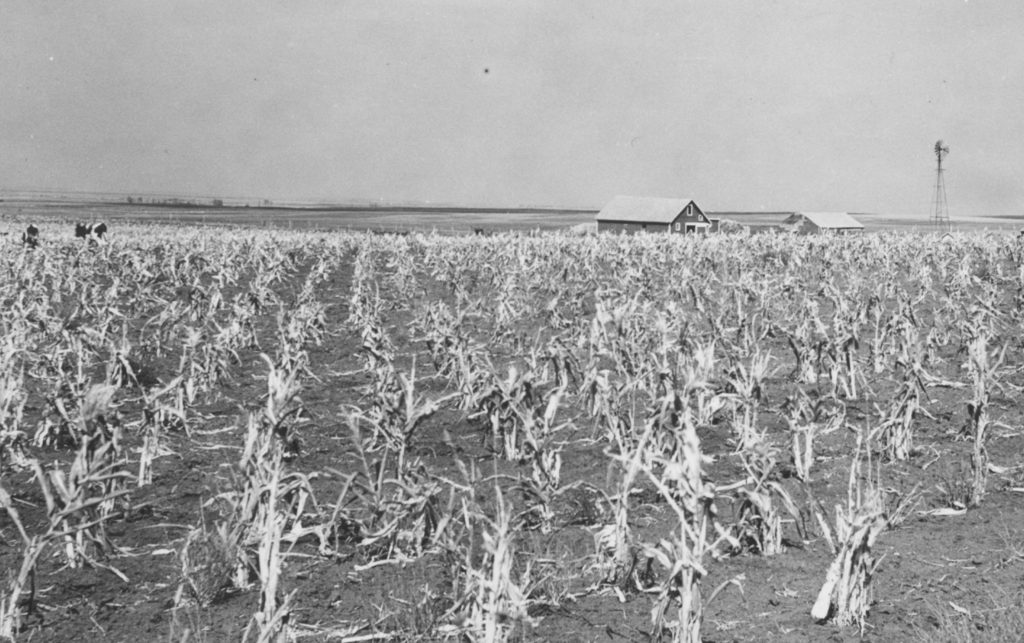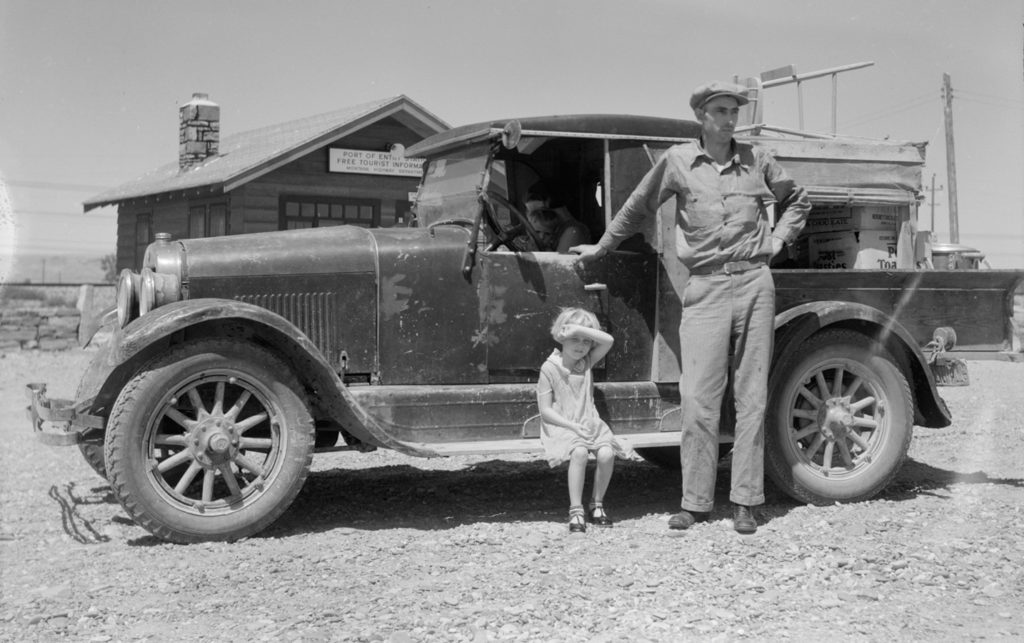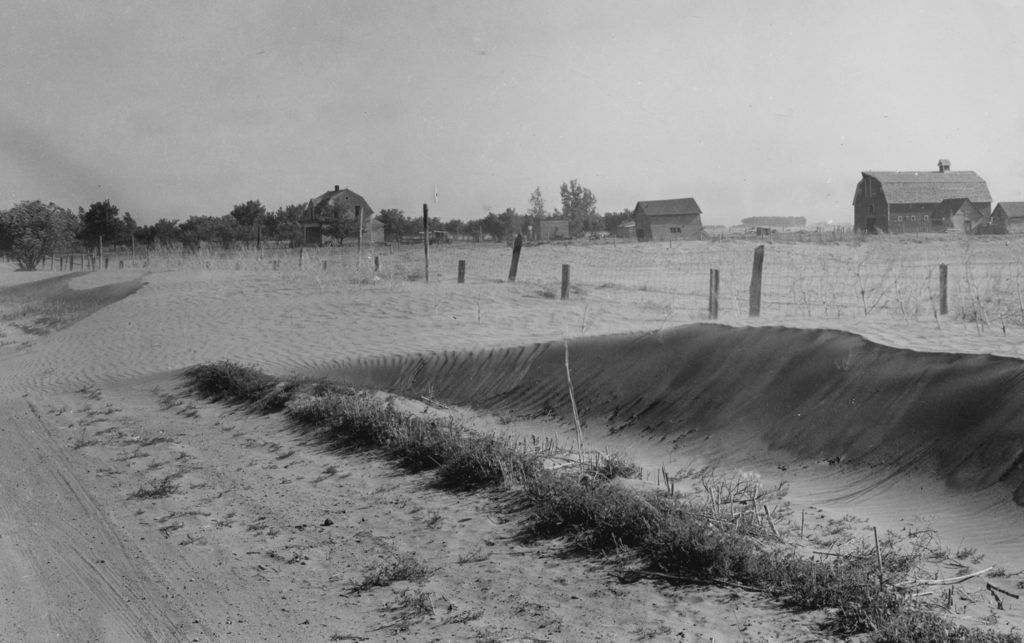Birth Pangs and Growing Pains
While the Bank of North Dakota attempted to establish itself on a firm and responsible foundation, difficulties arose from three fronts:
Organized Opposition Tried to Take the Bank Down
The easiest way to defeat the Nonpartisan League was to associate it with socialism and communism, or to accuse it of unpatriotic behavior or to deride the farmer citizens of North Dakota as rubes.
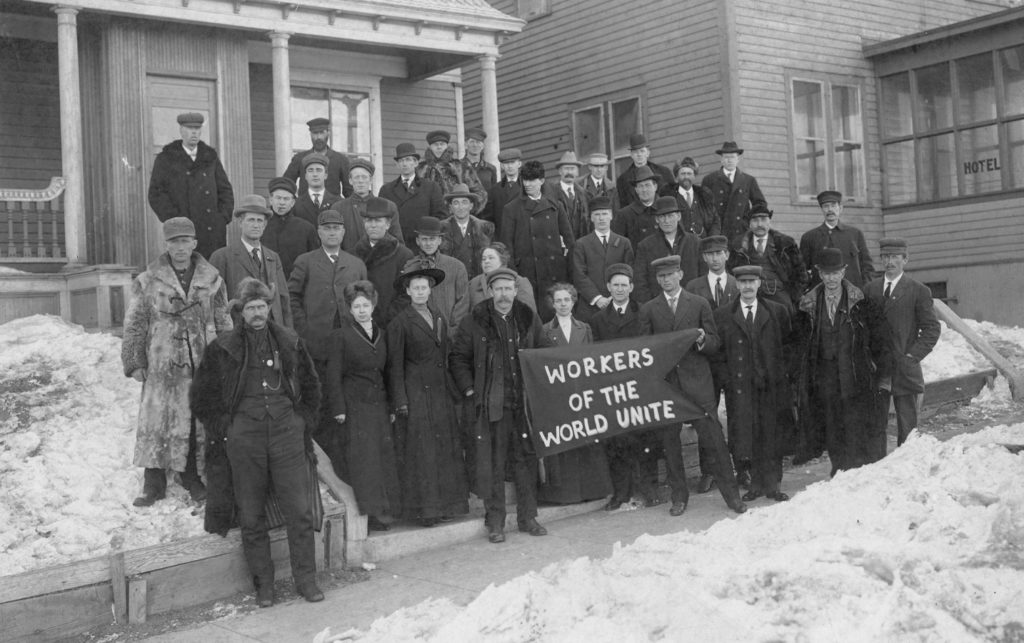
Banking in Crisis Mode
The difficulties of BND in its first years were just one facet of a larger bank crisis on the northern Great Plains. After North Dakota political subdivisions were released from the obligation to deposit their funds in BND in November 1920, the Bank could only remain solvent by calling in funds it had redeposited in commercial banks throughout the state.
Defending the Bank of North Dakota
In the face of withering criticism that the Nonpartisan League leaders were dangerous radicals espousing a Bolshevik revolution on the Great Plains, NPL leaders argued that the Bank of North Dakota had been created by legal means (in the state Legislature and at the ballot box) and had successfully withstood court challenges and referenda.
The Nonpartisan League Fails
The League failed for a number of reasons. It over-reached both geographically and in mission-creep. There was only one A.C. Townley; nobody has his ability to create enthusiasm.
The Great Depression
The next great crisis in rural life in North Dakota occurred between 1928-1940: the Great Depression coupled with the Dust Bowl, which has been called the greatest manmade environmental disaster in American history.
First Transfer to General Fund
The North Dakota Legislature can transfer funds from the Bank’s profits for the state’s general fund and to support special programs. The first such transfer happened in 1945 for $1,725.
Bank Managers
The governing structure of the Bank of North Dakota has been remarkably stable. After initial controversy, oversight of the Bank was lodged in an elected board, consisting of the governor, attorney general and commissioner of agriculture and labor (agriculture commissioner after 1997). This Industrial Commission, as it was titled, would hire management for the Bank. The manager had various titles until 1969, when the title president was first used. After some controversy, an advisory board was established that same year, and the board’s involvement and importance has increased, though decision-making remains with the president and the Industrial Commission.
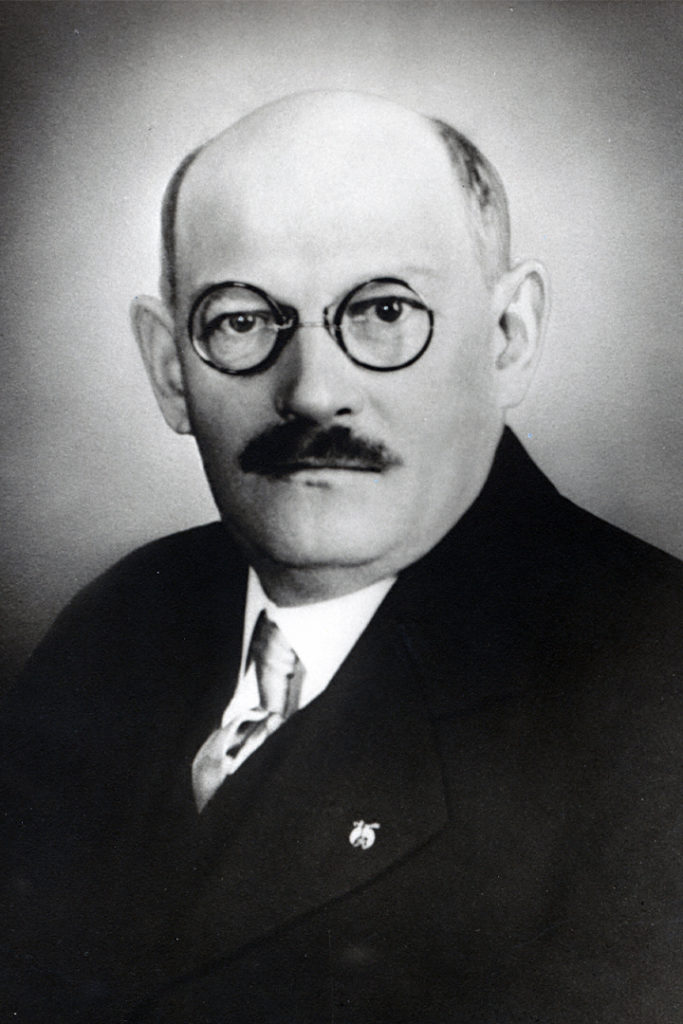
James R. Waters
1919
A native of Montezuma, Iowa where he met his wife, he came to North Dakota in 1901. Major Waters first lived in Grand Forks, moved to Minot and then to Beach where he ranched on 1,000 acres.
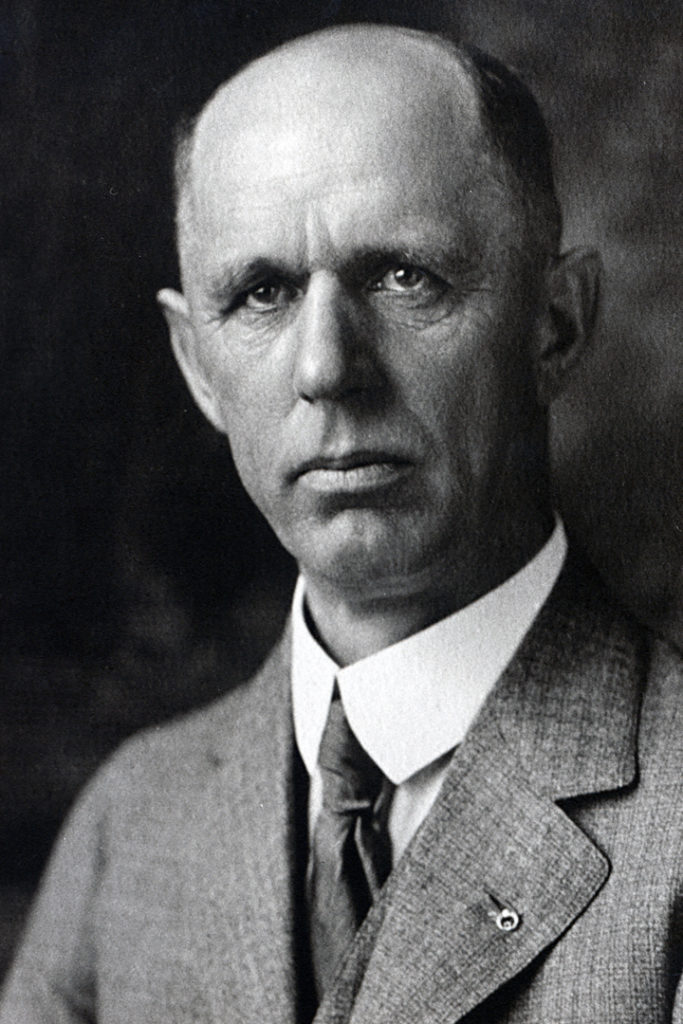
Frederick W. Cathro
1920-1921
Frederick W. Cathro had an impressive resume with a background in both education and banking. He served as state superintendent of education under North Dakota’s first two governors.
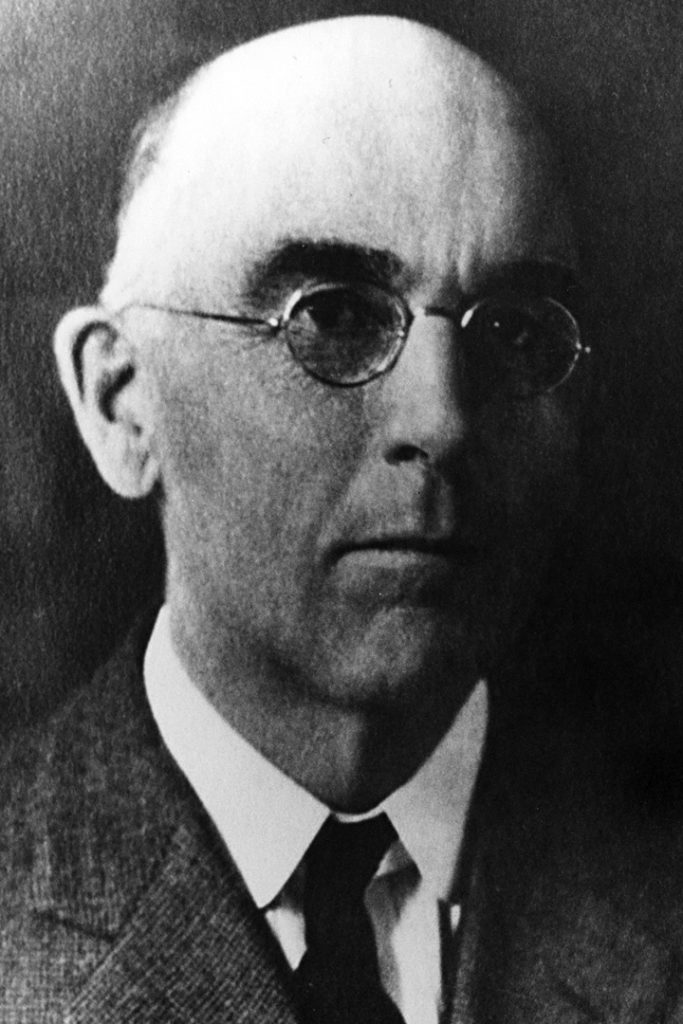
Caleb R. Green
1922-1929
C.R. Green was born July 18, 1861 on Prince Edward Island, Nova Scotia. With no formal education, he worked as a fisherman in the winter and a sailor in the summer.
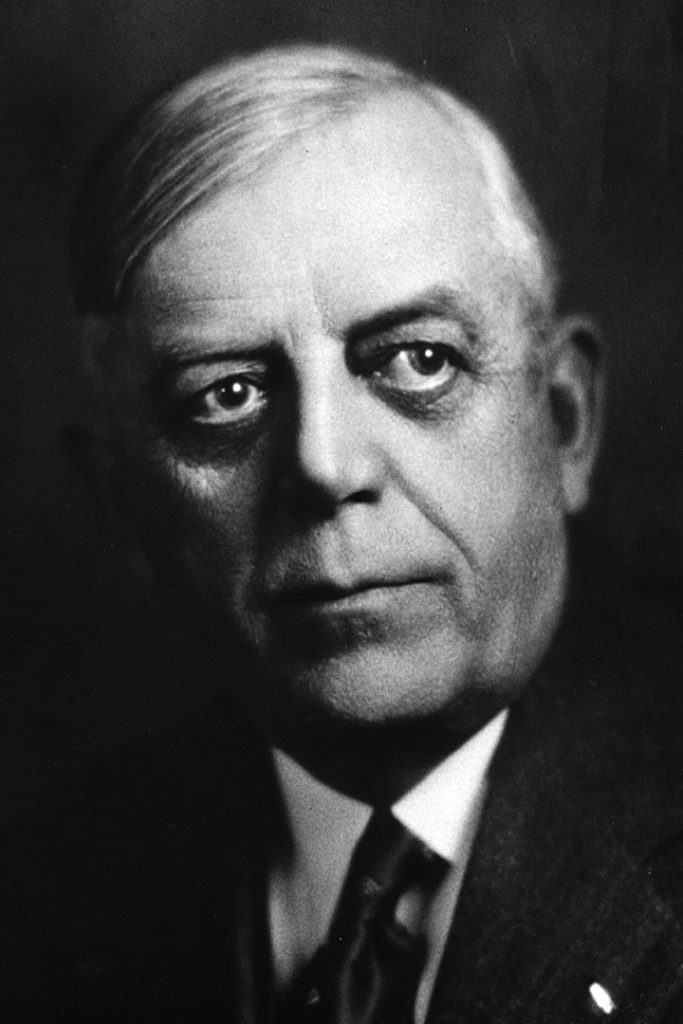
Charles F. Mudgett
1930-1932
Colonel Charles F. Mudgett served as captain of the Valley City National Guard company and served in the Philippines during the Spanish-American War.
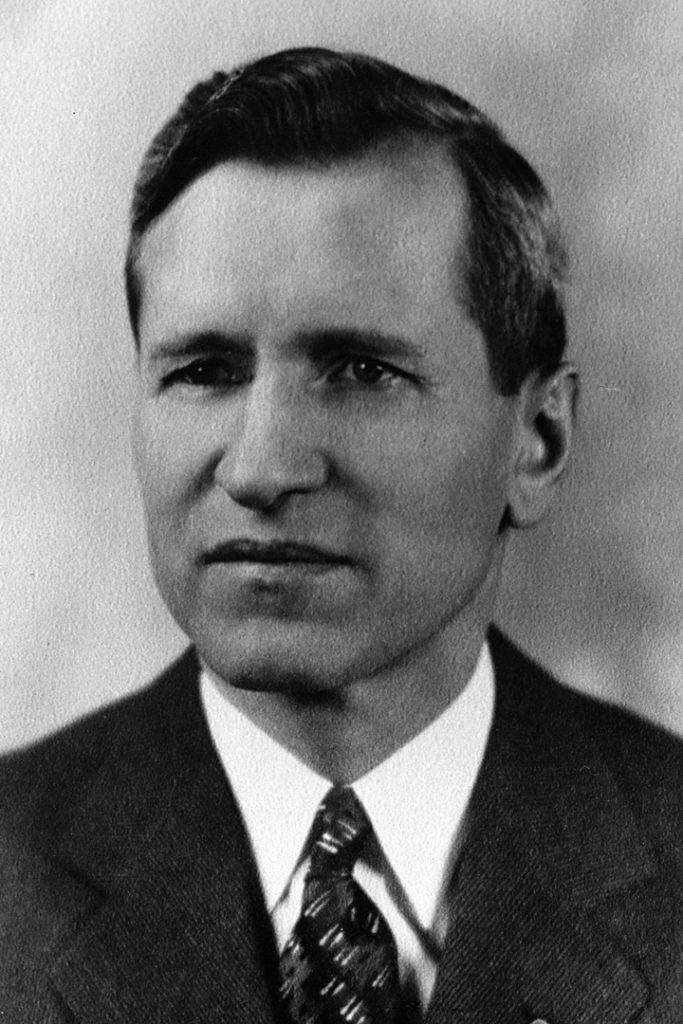
Robert M. Stangler
1933-1936
Robert Stangler was born at Fingal, Dakota Territory in 1889. He enlisted with the North Dakota National Guard in Bismarck at the age of 28.
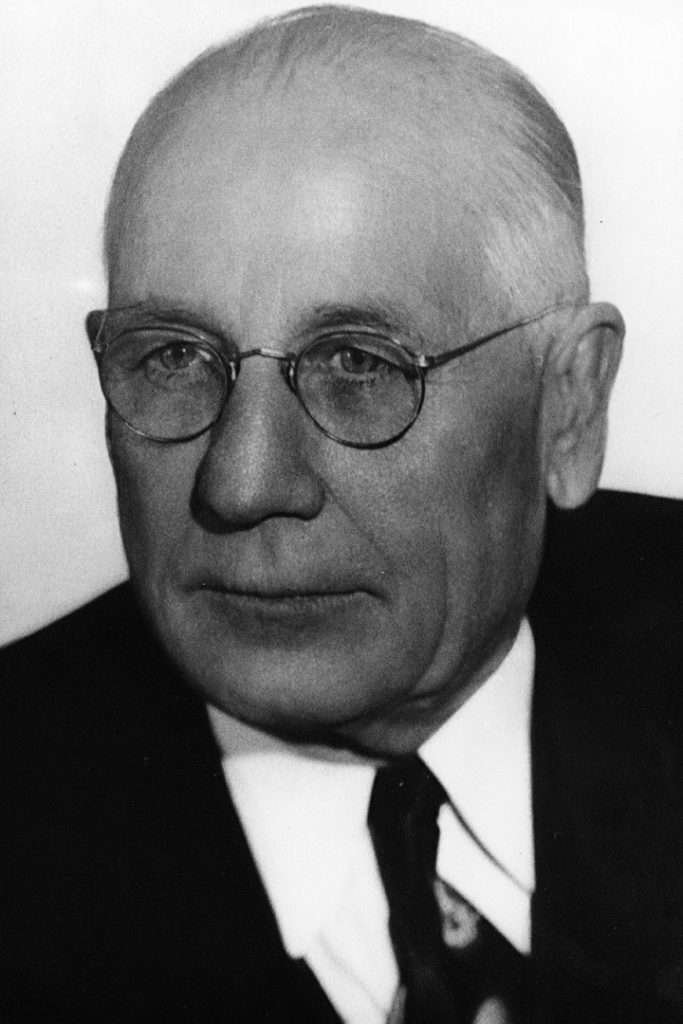
Frank A. Vogel
1937-1944
Frank Vogel was born in St. Cloud, Minnesota February 6, 1888. After graduating from St. Cloud Teachers college, he moved to Anamoose, North Dakota at the age of 21.
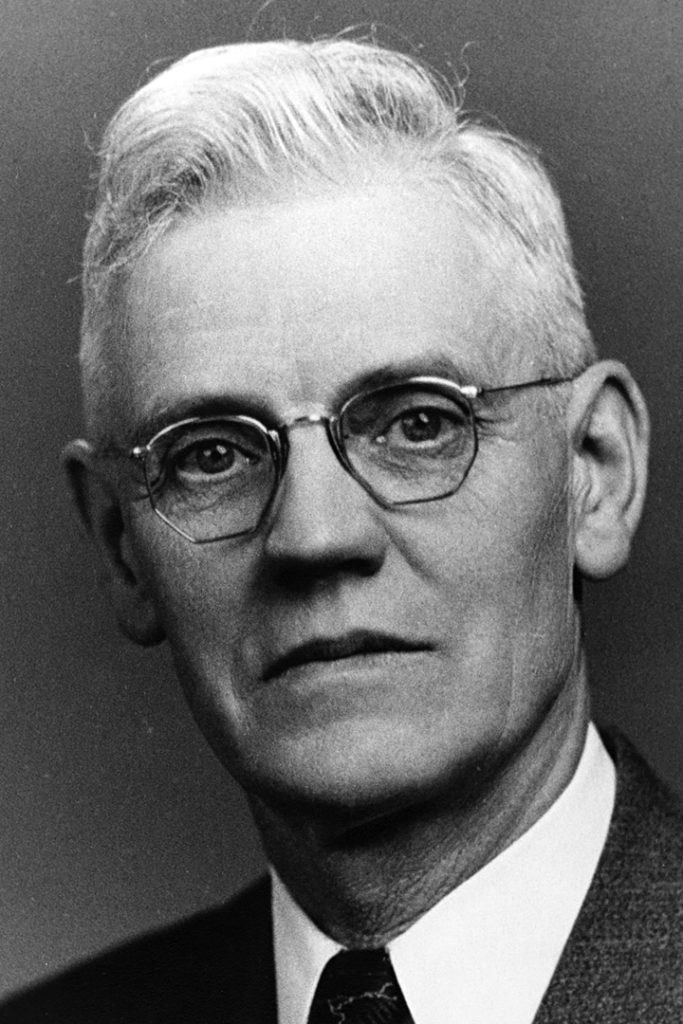
Harold C. Bowers
1945-1956
Harold Bowers was born August 13, 1889, in Filmore county, Minnesota. He was educated in Minnesota schools and the Winona Business College at Winona, Minnesota.

